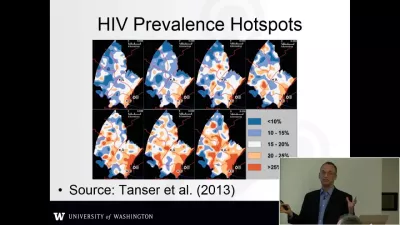
Censuses and surveys have been the primary sources of information on mobility and migration. However, concerns with these data include sample size, detail, accuracy, and expense. In the past decade, large-scale mobile phone data have recently become available for the study of human movement patterns and hold immense promise for studying human behavior on a vast scale never before possible, with a precision and accuracy never before possible with surveys or other data collection techniques. Already a significant body of literature has made key inroads into understanding mobility using this exciting new data source, and several different measures of mobility have been used. However, there has been little discussion and analysis of these measures; it is unclear what exactly these measures measure. We argue that existing measures are contaminated by infrastructure and demographic and social characteristics of a population. These issues would be best addressed immediately, as they will influence future studies of mobility using mobile phone data. In this presentation, Dr. Dobra will describe new methods for measuring mobility with mobile phone data that address these concerns. Our measures are designed to address the spatial and social nature of human mobility. The practical relevance of massive geolocated data in the context of HIV research will also be discussed. This is joint work with Nathalie Williams, Tim Thomas, and Matt Dunbar.